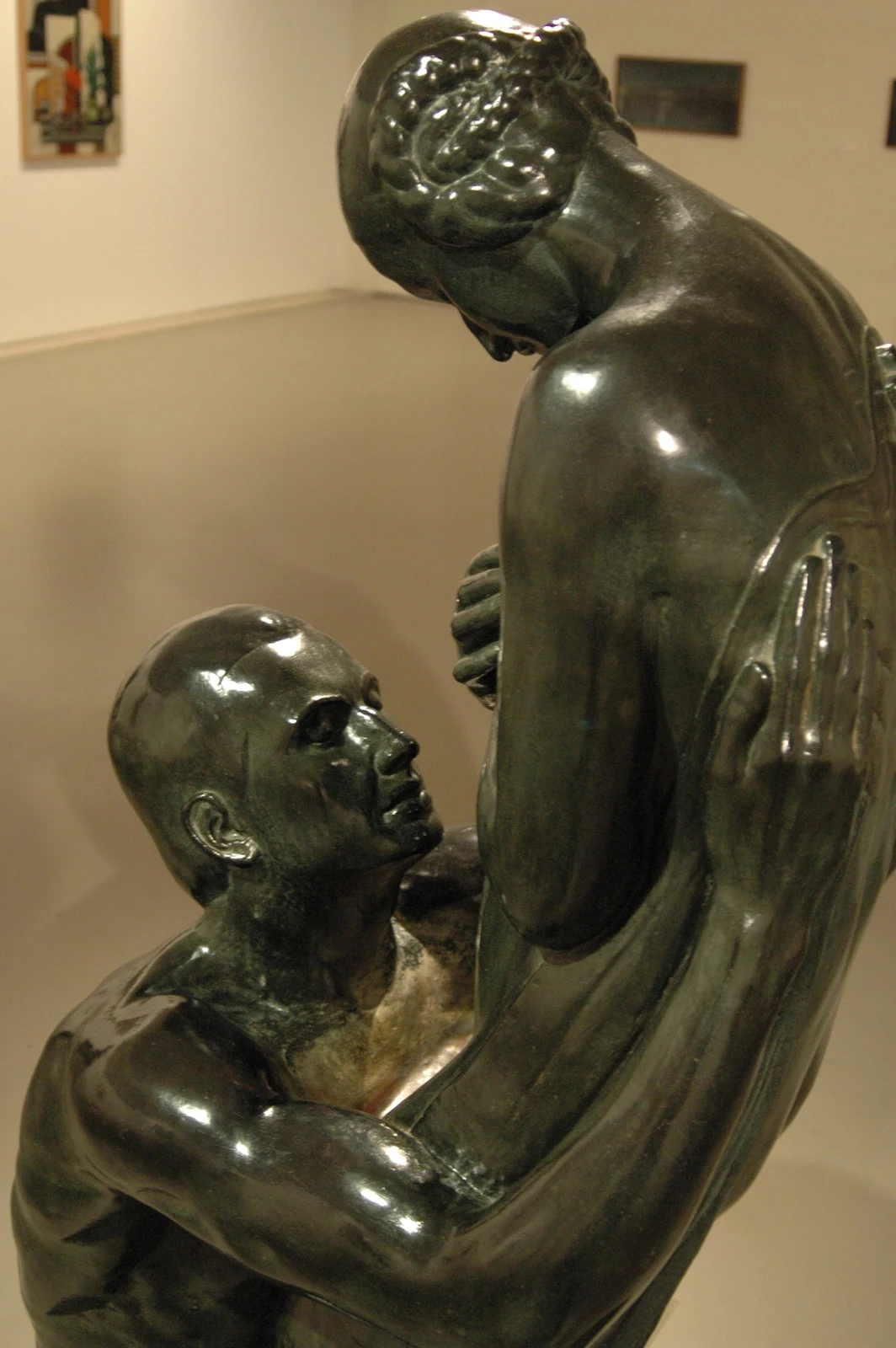• "Talent hits a target no one else can hit; Genius hits a target no one else can see".
• "All truth passes through three stages. First, it is ridiculed. Second, it is violently opposed. Third, it is accepted as being self-evident".
• "Great men are like eagles, and build their nest on some lofty solitude".
• "If you want to know your true opinion of someone, watch the effect produced in you by the first sight of a letter from him".
Antonio Nunziante



















